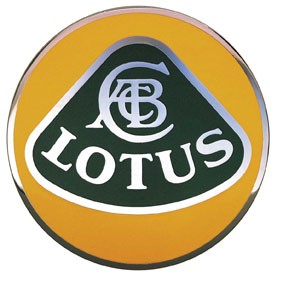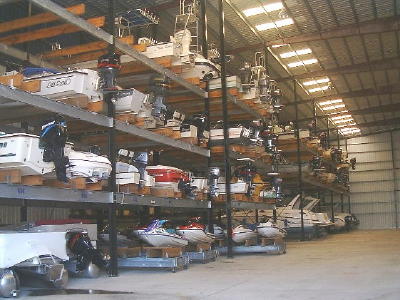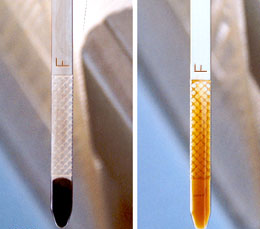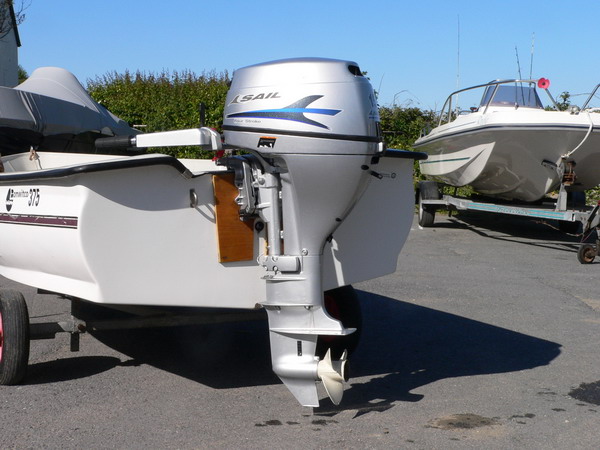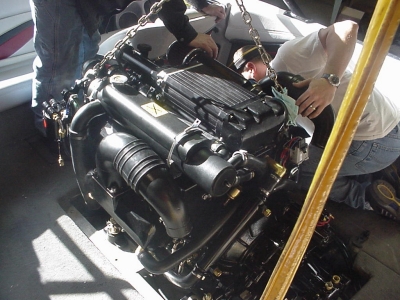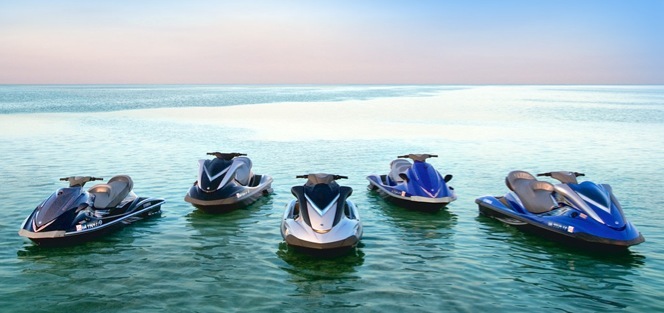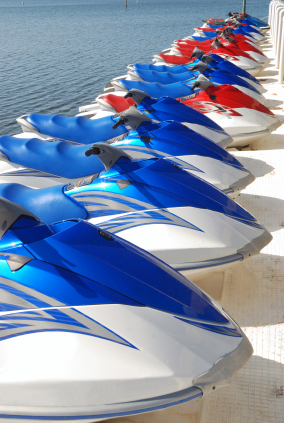Ethanol and Two Cycle Outboards Don’t Mix
Because of EPA regulations, all gasoline must now contain 10% ethanol. While automobiles with their larger engines aren’t affected, outboard owners are finding that the new gasoline-ethanol mixture is causing damage to their smaller outboard engines. The fact is, the smaller two cycle outboards aren’t built to run on an ethanol based fuel, and can start to develop problems starting over time. For outboard owners, there are a few preventative steps that can help preserve the condition of their outboards. First, it’s important to install a water/fuel separating filter, and also use 10-micron cartridges. This will filter out the water and impurities better. It’s also a good idea to add the manufacturer recommended amount of fuel stabilizer whenever filling up. Make sure to have the proper fuel to two cycle outboard oil mixture in the tank as well, as an incorrect mixture can serve as a catalyst for more problems.
While it’s unlikely the government will reverse its stance on ethanol based fuel, outboard manufacturers are working on solutions to fix the problems that many owners are having.



